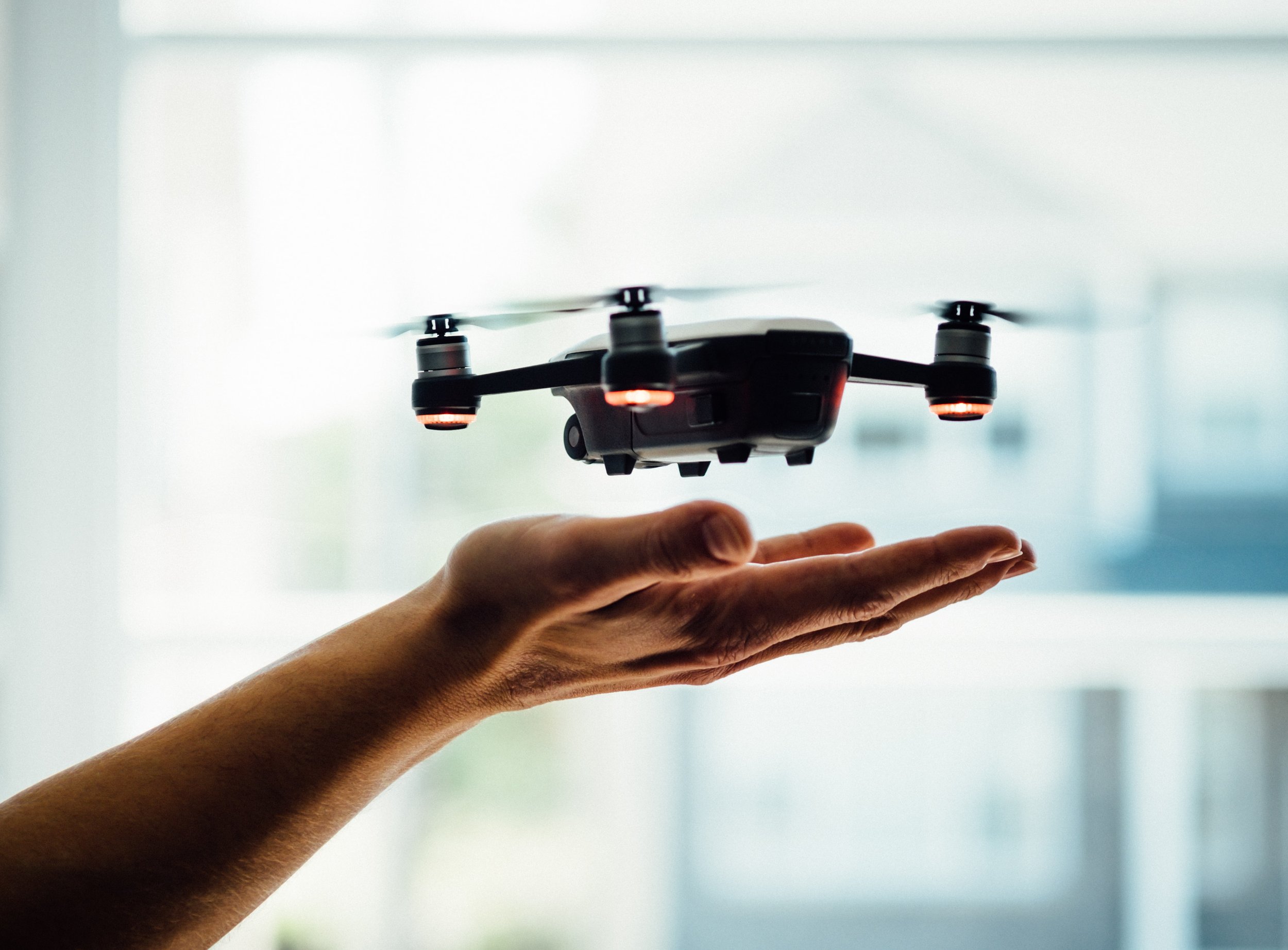Flying micro drones in Canada; everything you need to know.
You may have experienced a small machine wizzing high above your head at a beach, live event, or when you’re with that one friend that always has to get the perfect instagram shot.
Chances are it was a micro drone (mRPAS).
These affordable, accessible, and easy to use drones are taking over newer (and older!) generations for a variety of different reasons. Whether it’s for photography, content creation, real estate, or trying to find that frisbee you lost in trees years ago, mRPAS are a great new(ish) feat of technology.
Micro drones - what are they?
Micro remotely piloted aircraft systems (mRPASs) are drones that weigh less than 250g. This doesn’t include the weight of the remote control but does include the weight of any payload (anything attached to or carried by the drone, i.e. camera). This means that if the mRPAS has added accessories (i.e. propeller guards) that bring the total weight over 250g, than that drone then falls into the small RPA category and must be registered with Transport Canada (TC) and the pilot must obtain a Basic or Advanced License to fly.
Do I need a license to fly a micro drone?
In Canada, you do not need a license to fly a mRPAS. Additionally, you don’t need to register a drone that weighs under 250g.
Micro drones are technically unregulated, but TC still outlines these guidelines that operators are encouraged to follow:
Maintain visual line of sight, this means always being able to see where your drone is without the use of visual aids (binoculars)
Do not fly your drone above 400 feet in the air (122 meters)
Keep a safe distance between your drone and bystanders
Stay far away from aerodromes, airports, heliports, and waterdromes
Avoid flying near critical infrastructures
Stay clear of aircrafts at all times, manned vehicles ALWAYS have right of way!
Do a pre-flight inspection of your drone, make sure the sensors are clean, propellers are not cracked, and that your payload is properly attached!
Now, when I say technically unregulated, this is what I mean.
Transport Canada requires all remotely piloted aircrafts to abide by Part 9 of The Canadian Aviation Regulations (CARs). However, mRPAS are exempt from Subpart 1 of Part 9 but must adhere to section 900.06. I know how confusing that sounds, but stay with me!
BASICALLY, if you are flying a mRPAS, you only need to worry about CAR 900.06, which states that “No person shall operate a remotely piloted aircraft system in such a reckless or negligent manner as to endanger or be likely to endanger aviation safety or the safety of any person.”
This being said, micro drones are still considered aircraft under the Aeronautics Act and CARs which means that CARs 601.04 and 601.15, as well as section 5.1 of the Aeronautics Act apply to them because they apply to ALL aircraft. These regulations state that mRPAS are therefore prohibited from entering the following zones without proper authorizations:
Class F special use restricted air space (learn about airspace classifications here)
Airspace over a forest fire area or over any area that is located within 5NM of a forest fire area, or any airspace for which a NOTAM for forest fire aircraft operation restrictions has been issued
Zones in which section 5.1 of the Aeronautics Act restricts the use of airspace for all aircraft.
Some micro drones may look like toys that can’t do much damage and while 249g might not seem like much, it is about equivalent to the weight of a can of beans or 100 pennies. Both things I avoid when thrown at me. Flying safely and responsibly is always a number one priority no matter what size of drone you are operating.
Happy (and safe) flying!
- FlySmart Team

